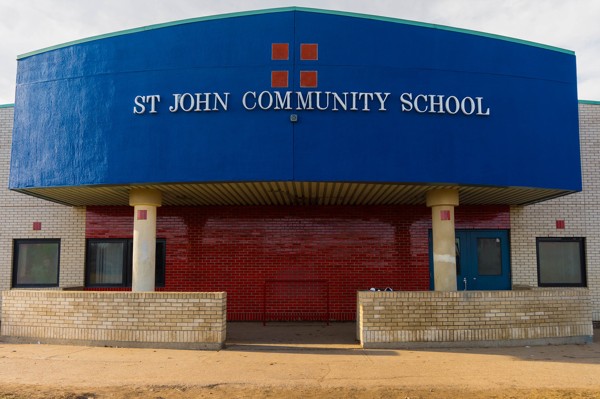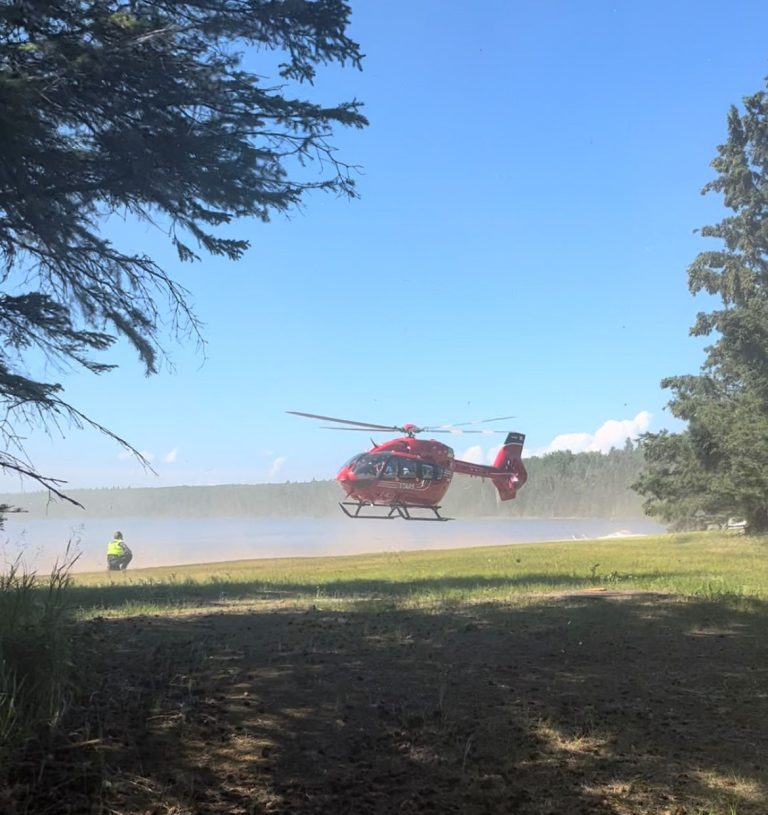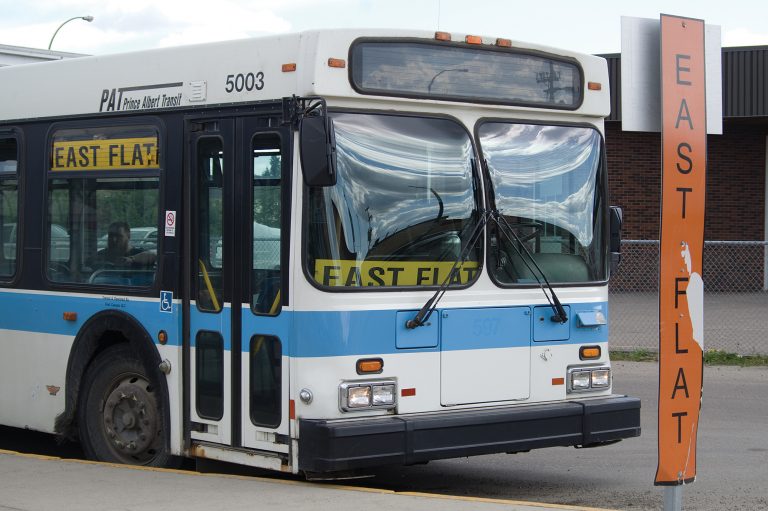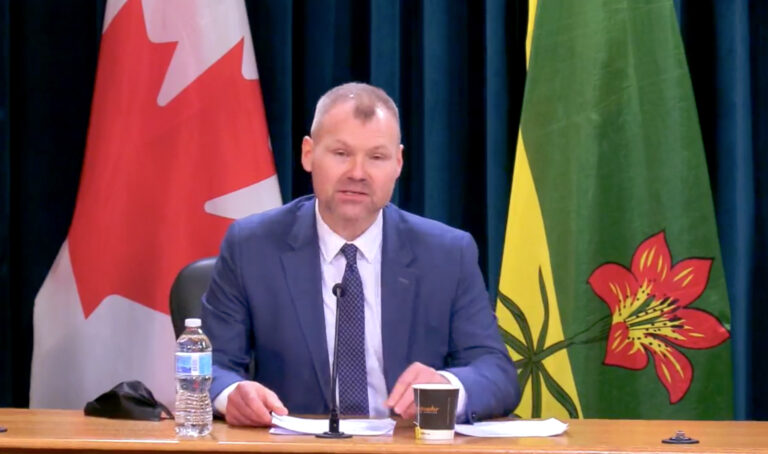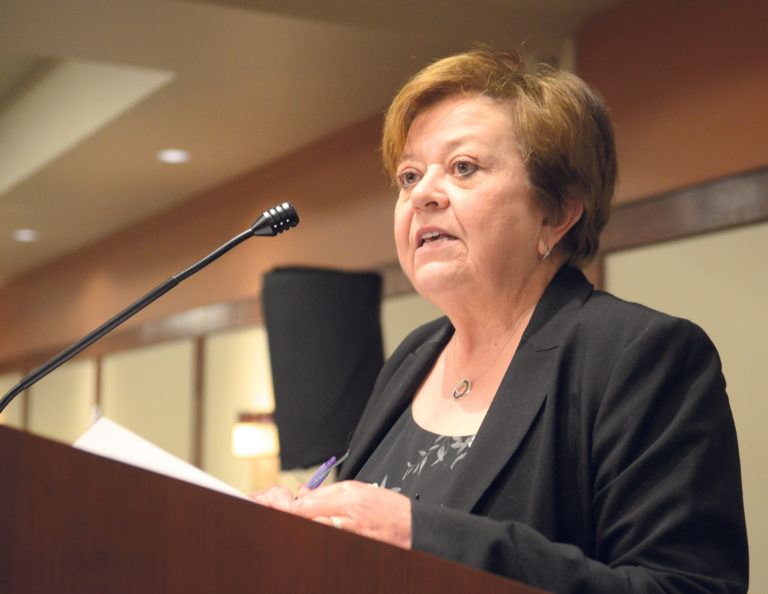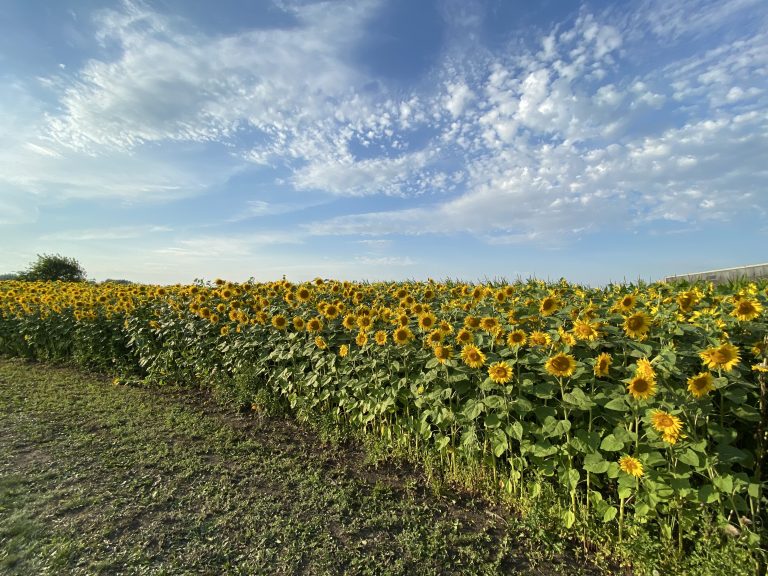The provincial government has announced a four-point affordability plan to help Saskatchewan residents address the rising cost of living, but not everyone believes that the Sask. Party’s plan has everyone’s best interests in mind.
The Four-Point Affordability Plan will use higher revenue from the resources owned by the people of Saskatchewan to help address rising costs due to inflation and to reduce the province’s debt, according to a media release from the Saskatchewan government.
“Higher global commodity prices are driving growth in Saskatchewan’s economy, creating jobs and improving our budget position,” Deputy Premier and Finance Minister Donna Harpauer said, who released the province’s 2022-23 First Quarter Financial Report and four-point affordability plan on Tuesday.
“However, higher commodity prices are also driving up the cost of almost everything you buy. Saskatchewan people own the resources. Saskatchewan people should benefit when resource prices are high,” Harpauer said. “That’s why we’re going to use higher resource revenues to help address rising costs and to retire up to $1 billion of the province’s debt.”
“That means we can balance the budget, pay down debt and help Saskatchewan residents with the rising cost of living,” Harpauer said. “That’s growth that works for everyone.”
The affordability plan is fully incorporated into the first quarter forecast. Saskatchewan is forecasting a surplus of $1.04 billion for 2022-23, a $1.51 billion improvement from budget, largely due to higher revenue from non-renewable resources.
According to the provincial government, a strong economy and higher resource prices have meant a significant improvement in Saskatchewan’s finances.
In response to Harpauer’s first quarter financial update, Official Opposition Finance Critic Trent Wotherspoon condemned the timing and priorities of the Sask. Party’s affordability plan in his own media release.
As Saskatchewan people face crushing cost-of-living increases, Wotherspoon said the Sask. Party’s affordability payment is a fraction of the increases in household expenses since they tabled the budget.
“We’ve been calling for affordability relief for months. The Sask. Party government has hidden and hoarded billions of windfall resource revenues since March, yet they still hiked taxes, fees and utility rates,” said Wotherspoon. “Waiting until the eve of a by-election to buy votes – while families have struggled for months – is completely irresponsible.”
“The Sask. Party is giving regular people a one-time payment of their own tax dollars, while pocketing federal cash once again,” Wotherspoon said. “Instead of acting quickly to help people when they needed it most, this government is dead-set on recklessly taxing regular working people into submission, with no end in sight.”
“At the same time the Finance Minister wasted eight grand on a single flight to North Battleford, families had to cancel road trips just to put food on the table,” he said. “The people of Saskatchewan deserve a government that doesn’t buy their trust, but earns it.”
Point one of the plan announced by Harpauer is the Saskatchewan Affordability Tax Credit payment. All Saskatchewan residents who are 18 years of age or older as of December 31, 2022, and who have filed a 2021 tax return as a resident of Saskatchewan will receive a $500 Saskatchewan Affordability Tax Credit cheque this fall.
Saskatchewan residents who have not filed a 2021 tax return are encouraged to do so as soon as possible. The cost to the provincial government for the tax credit is estimated at $450 million, with an estimated up to 900,000 cheques to be mailed.
Point two of the plan is the removal of fitness and gym memberships and some recreational activities from the planned October PST expansion on admissions, entertainment and recreation.
PST will not be charged to residents under 18 years of age participating in recreational activities including golf, curling, hockey, tennis, basketball and other formal sporting activities where the individual participates in a league or service where a round, game or match are completed.
These activities will be taxable for individuals 18 years of age and older.
PST will not be applied to any fitness classes, personal training and other fitness activities offered through municipal recreational facilities.
Arts, cultural and sports programming and league of membership fees like gymnastics fees, art classes, or acting classes are also exempt.
Businesses that qualify as small suppliers for GST purposes will be exempt from collecting PST.
This continues the temporary small business tax reduction at zero per cent and will retire up to $1 billion in debt, made possible by the projected surplus.
The PST expansion will still apply to ticket admissions to sporting events, concerts, trade shows, fairs, rodeos, movie theaters, professional water parks and entertainment admissions like escape rooms, batting cages and arcades.
According to the Government of Saskatchewan, this change will reduce PST revenue this year by an estimated $3 million.
Wotherspoon said families are set to spend six per cent more on sports and entertainment, and some will face $200 in lunchroom fees.
“Next year, they will have to pay hundreds more for utilities alone,” read Wotherspoon’s media release. “The plan announced today does not recognize the cost burden families are facing, as a childless couple is set to receive more than a single parent of three.”
Point three of the plan extends the small business tax rate reduction, at 0 per cent retroactive to July 1 of 2022 and delaying the restoration of the rate to 2 per cent to July 1, 2024.This will help small businesses as they continue to recover from the pandemic, while facing new challenges like inflationary pressures, interest rate hikes and supply chain issues.
There are approximately 31,000 small businesses in Saskatchewan.
The provincial government said this will save these small businesses $93.1 million over the next three years, on average $3,000 for each small business.
Point four is the retirement of up to $1 billion in operating debt.
“Debt is now forecast to be $1.7 billion lower by fiscal year-end than projected at budget, the province’s projected surplus provides the ability to retire up to $1 billion in debt, and the province no longer needs to borrow for operations due to the improved financial position,” read the Government of Saskatchewan’s press release.
Debt retirement and lower borrowing results in lower financing charges due to an estimated $49 million decrease in interest costs.
“Our economy is strong and growing,” Harpauer said. “Saskatchewan is poised to lead the provinces in economic growth in 2022, according to private sector forecasts and there have been nearly 24 thousand new jobs created in the first seven months of 2022.”
At first quarter, revenue is forecast to be $19.17 billion, up 11.7 per cent from budget. This increase is largely due to a $1.86 billion increase in non-renewable resource revenue, reflecting higher potash and oil prices.
Taxation revenue is forecast to be up $536.5 million, with higher income and sales tax revenue reflecting stronger than anticipated economic recovery. Other own-source revenue and federal transfers are also up from budget.
Saskatchewan will continue to have one of the lowest net-debt to Gross Domestic Product (GDP) ratios among the provinces. The net debt as a percentage of GDP is forecast to be 15.6 per cent, compared to 18.8 per cent at budget.
According to private-sector forecasters, Saskatchewan’s real GDP is now expected to grow by 4.7 per cent in 2022, the highest among the provinces.
“So far in 2022, Saskatchewan is experiencing growth in wholesale trade, international goods exports, manufacturing sales and investment in non-residential construction that is among the highest of all provinces. Our province’s unemployment rate decreased from an average of 7.3 per cent in the first seven months of last year to 5.0 per cent in the first seven months of this year, third lowest among the provinces,” Harpauer said. “Saskatchewan is truly back on track.”
More information about the Saskatchewan Affordability Tax Credit (SATC) and PST changes is available online at www.saskatchewan.ca/affordablity.

